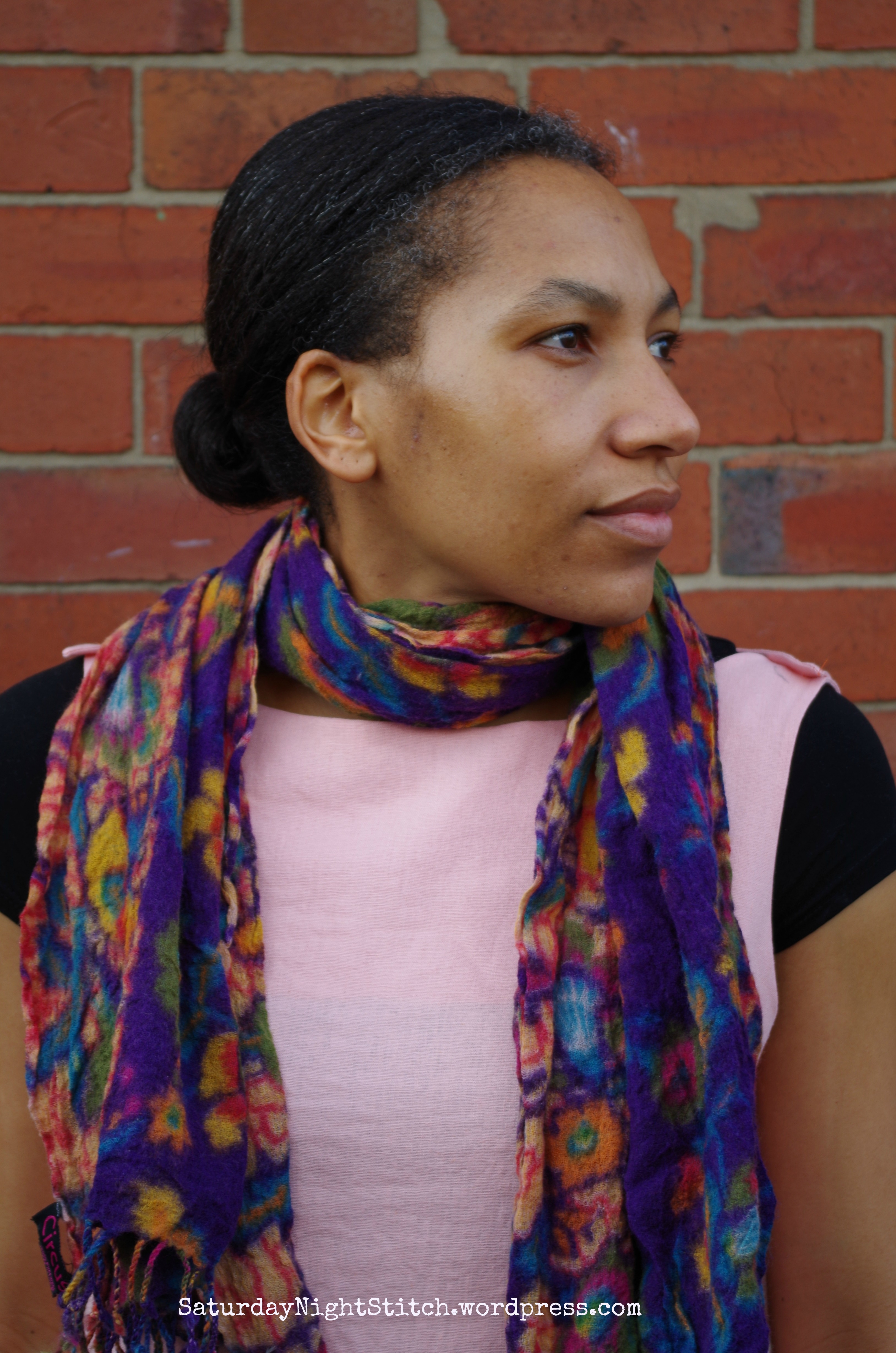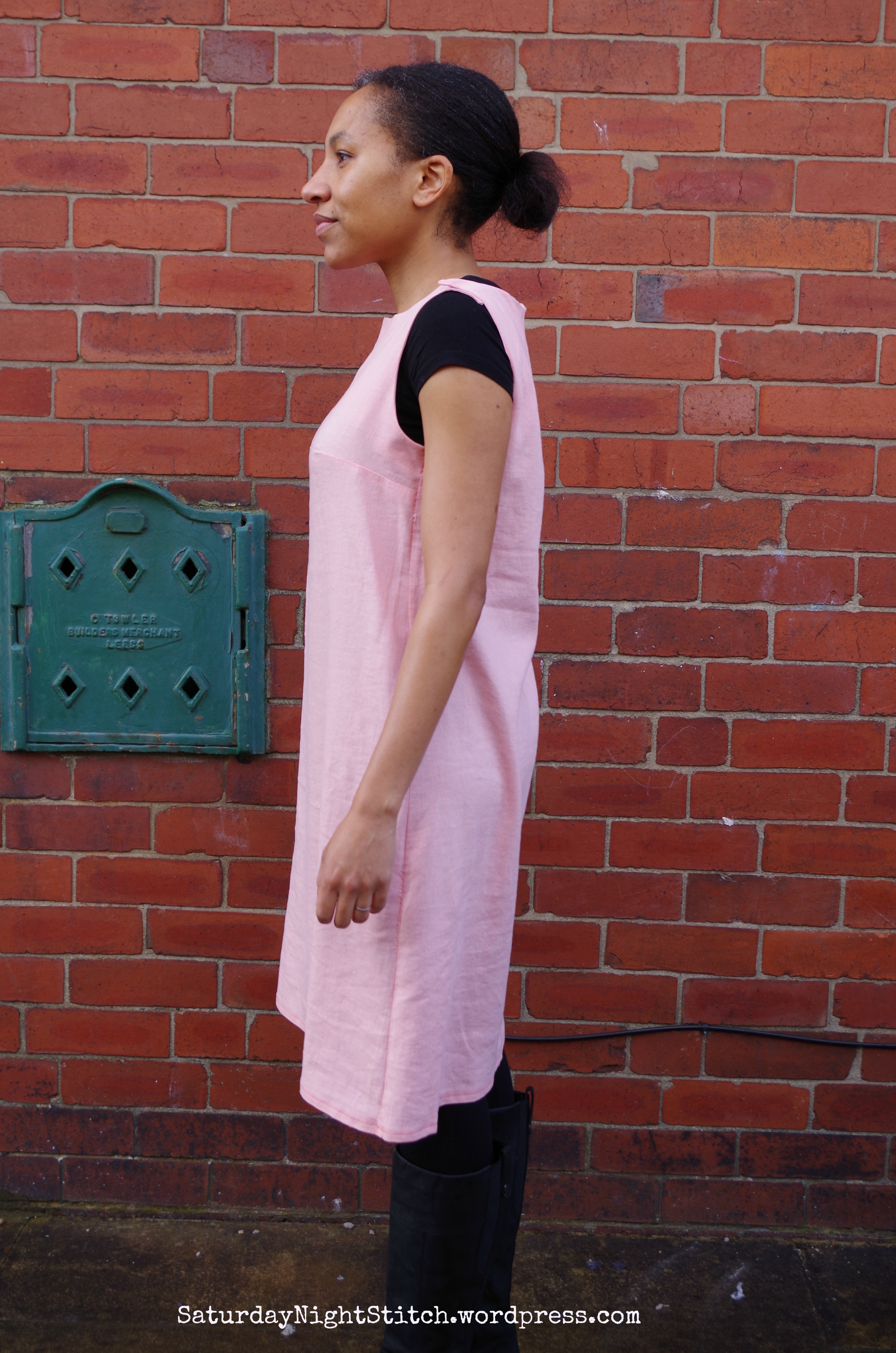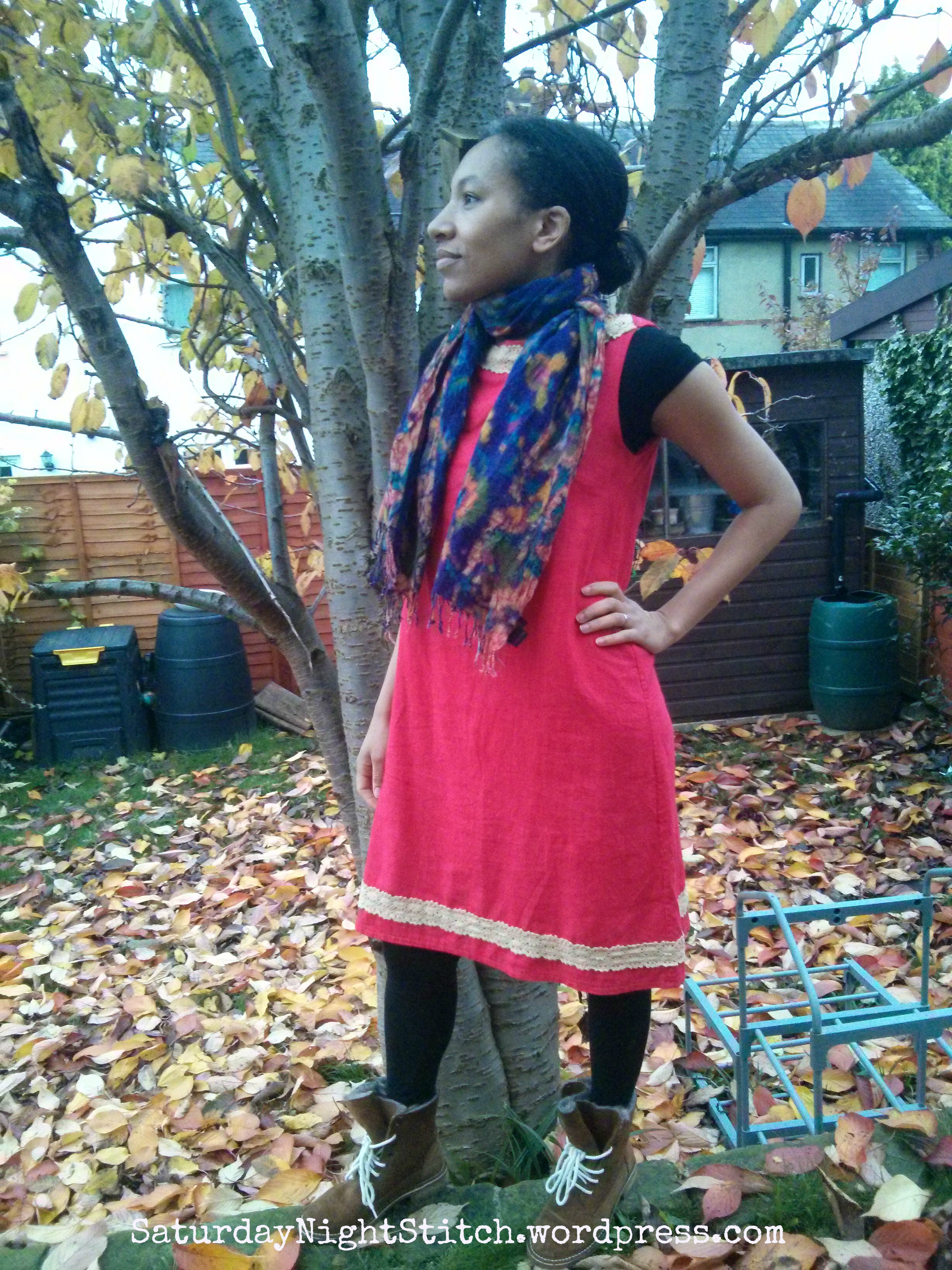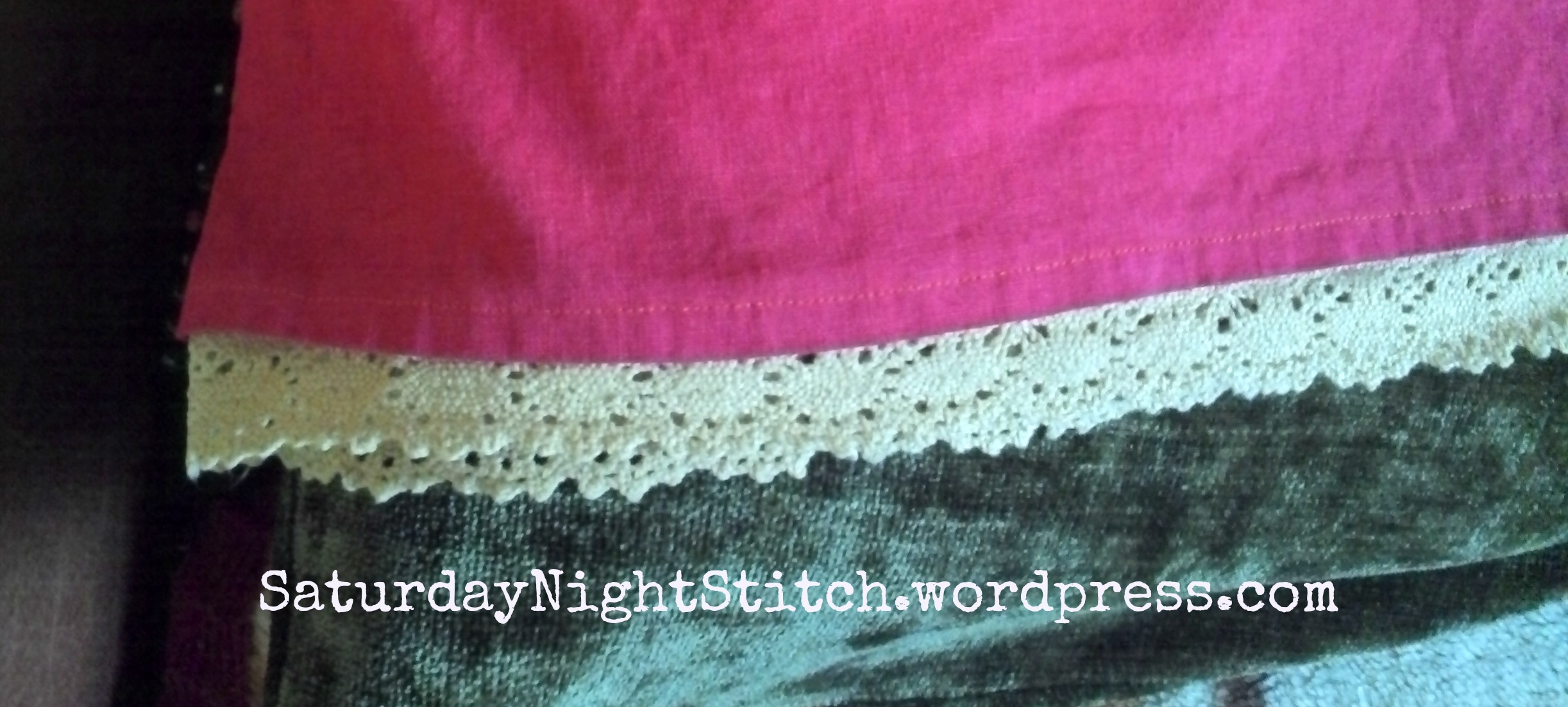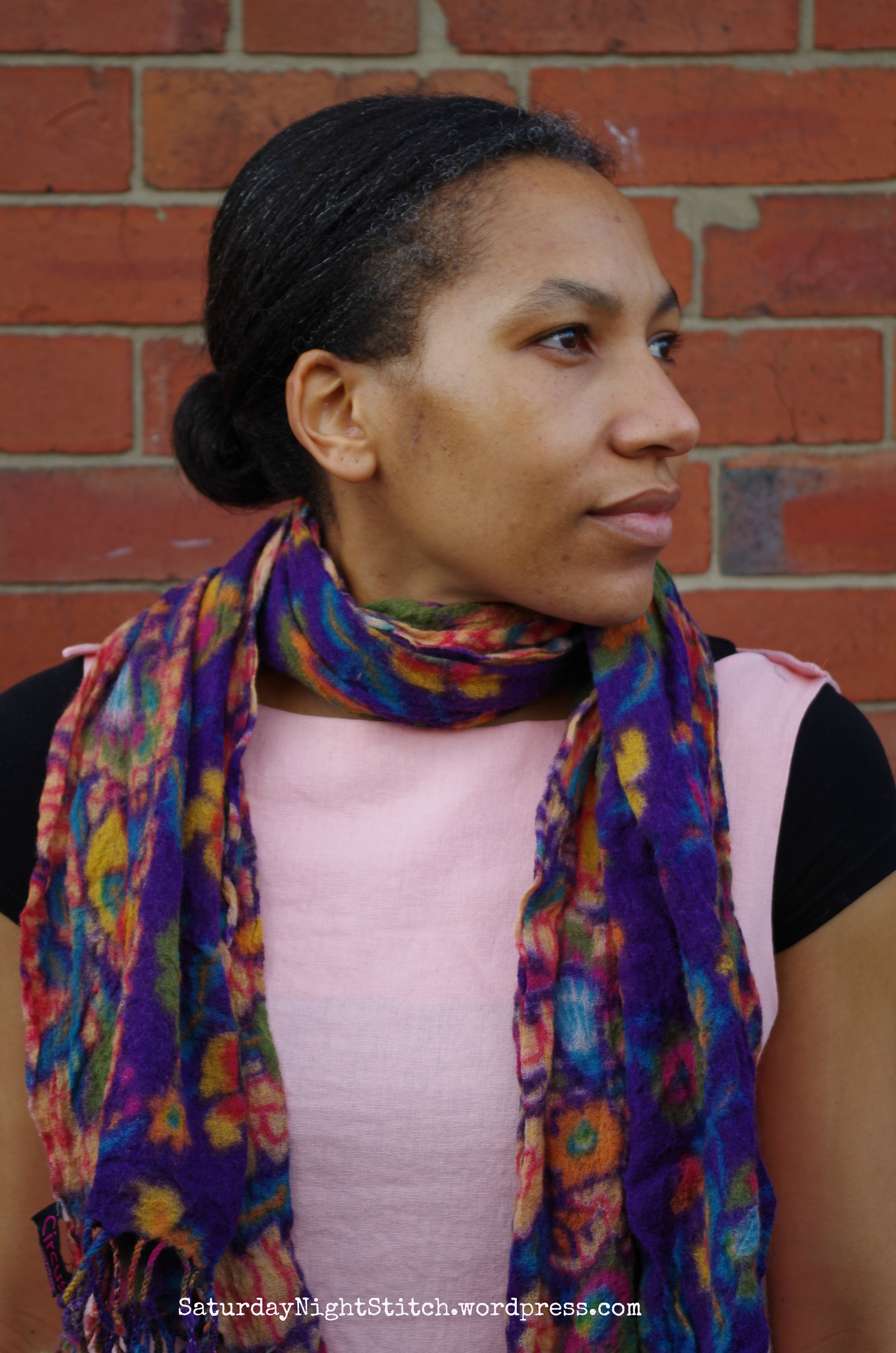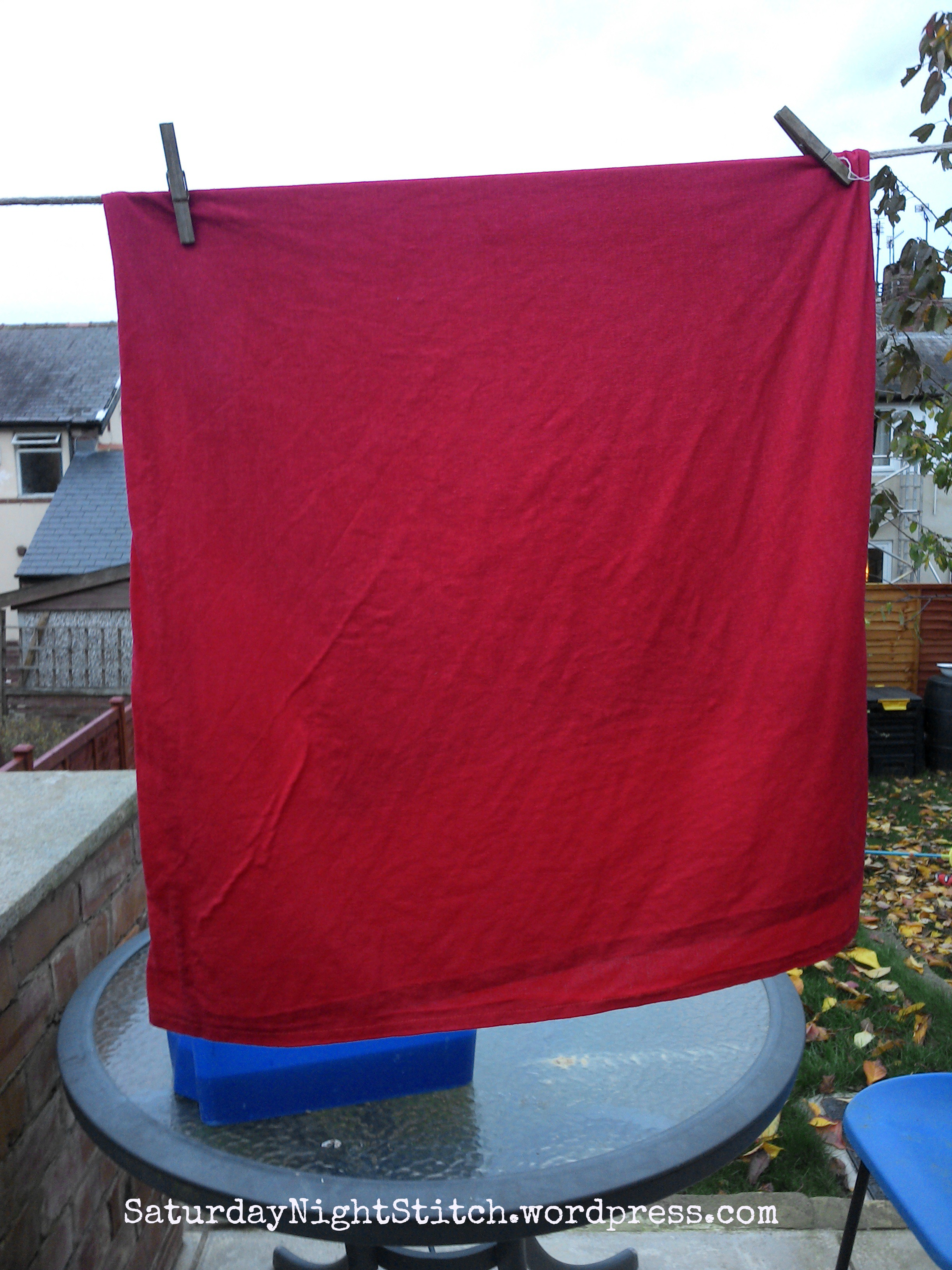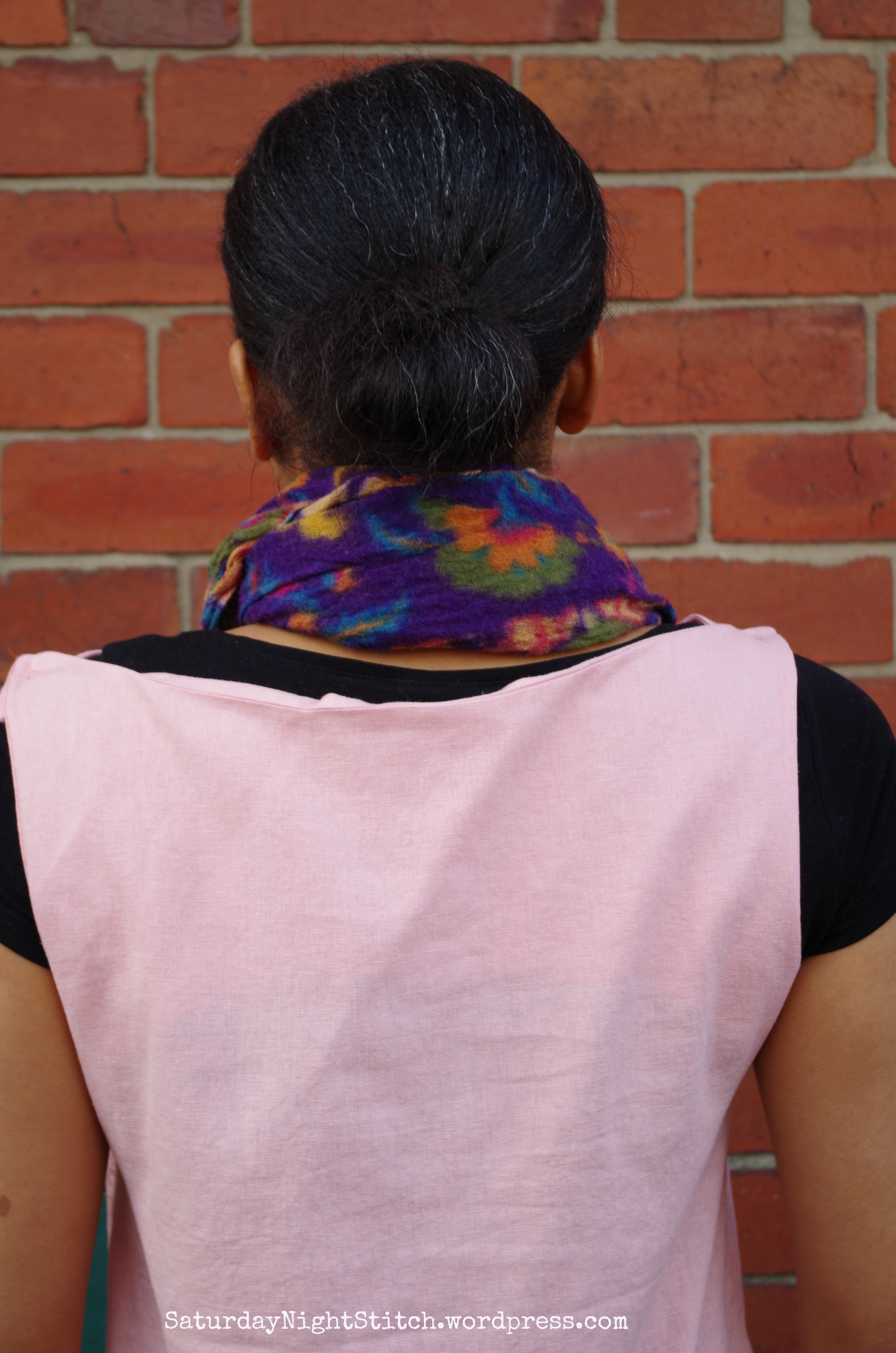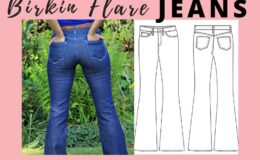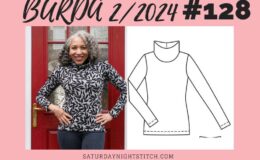This post may contain affiliate links. Read my Disclosure Policy to learn more.
I came across this Japanese sewing book (Simple Modern Sewing by Shufu-To-Seikatsusha) while browsing the internets. This book has eight simple patterns used to make 25 garments. Borrowed it and lucky for me it had the pattern sheets so I traced off the pattern! Yes! Pattern cost = £0!! I chose the boat neck dress because I liked its simple lines and crisp look. With some linen fabric I bought dirt cheap from a closing down sale, I decided to tackle the project.Cutting out easy and I made the dress in one sitting. I used pinking shears on the facing edges but they quickly unravelled and had to go back and serge a week later (after 1 wash). While I like the dress, it did not sit very well on the neck. You can see on the pictures there is a lot of gaping there. Basically I need to learn how to fit necklines. Spent time fiddling with it but eventually I decided it didn’t matter for now. The lesson was I need to learn more about neck construction. Getting past the gaping neck my next major problem the colour. This dress started off as a pastel like coral colour linen fabric. Pastel coral peach does not suit me . So I started looking into dyeing.
On to some interesting facts I learnt about linen during my little dyeing shenanigans. I found that linen fabric has its pros. It’s lightweight and cool, with a crisp, fresh appearance. But is also has its cons, a tendency to wrinkle after only a few minutes of wear! However one of linen’s benefits is – it readily accepts dye without too much fuss or special supplies. Apparently linen is woven from fibres derived from the flax plant,
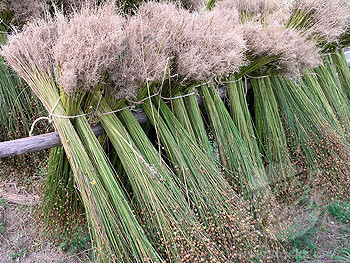
What a flax plant looks like..interesting! http://www.decktowel.com/pages/how-linen-is-made-from-flax-to-fabric
a cellulose fibre (cellulose is the primary structural component of plants). Cellulose fibres are dyed most successfully using fibre reactive dyes. Linen takes fibre reactive dye very well because the fibre reactive dye actually forms a molecular bond (think marriage instead of a hook up ;-) with the cellulose fibre. I had to select a dye colour darker than that of the dress. Enter Dylon Tulip Red. There was the option for washing machine dye but I decided to hand dye cause well it was cheaper. Although I did wince a bit as watching the dye go down the drain….
I think the colour change was a success and I like the new colour. But that was not all, I decided the dress needed a little something to detract from the neckline issues. Hence the trim on the neck and hem. I used my machine to sew it down with stabiliser at the back so the trim would not pucker.
I considered putting trim under the hem but that would have meant having always iron it out after a wash. I try to reduce ironing as much as is possible!
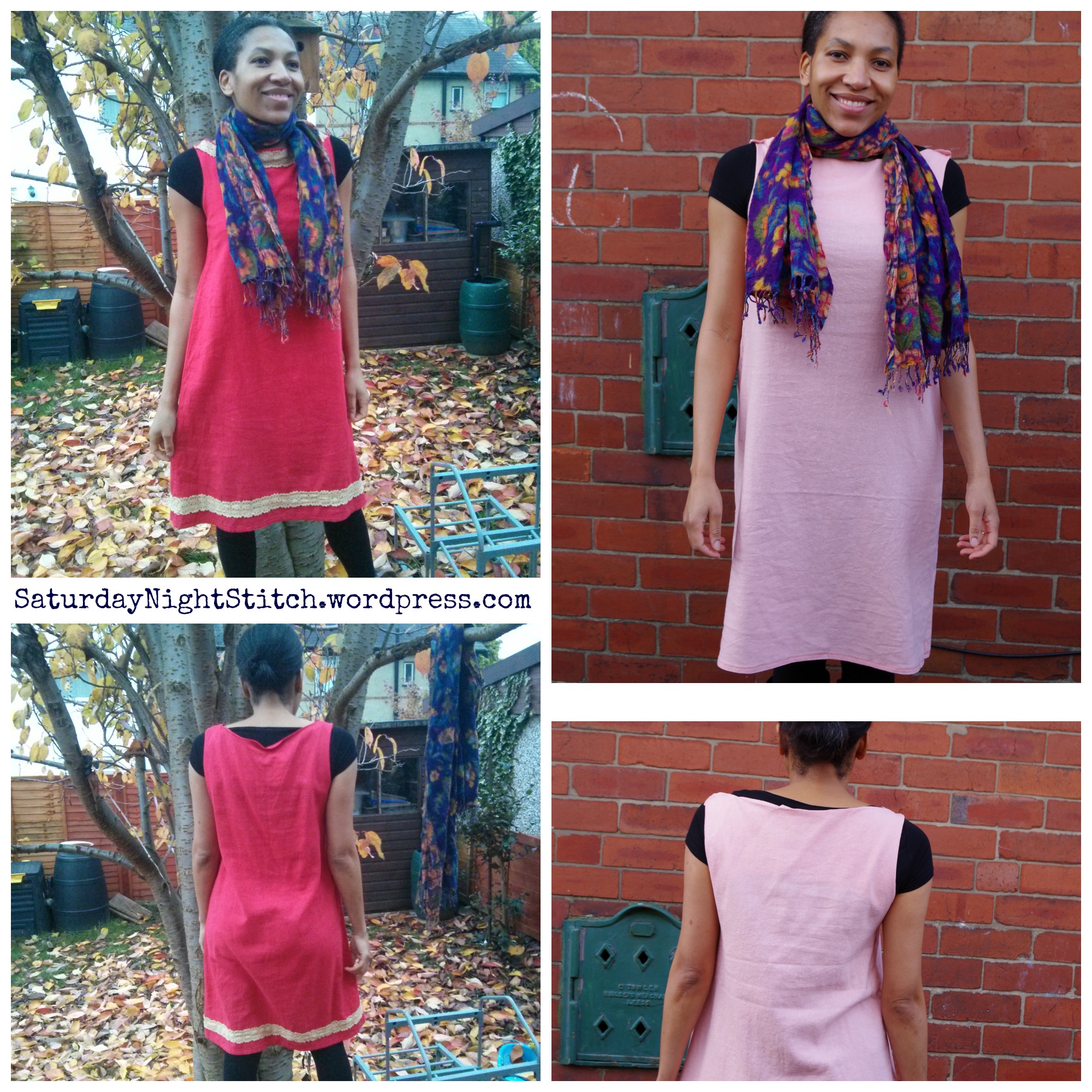
Duh! I should have ordered the pictures BEFORE then AFTER! Instead its like ‘Look how it is now but look how it Was…..
I left the gaping neck till last since my take away from this project is to learn more on fitting a neckline especially a boat neck. Have you ever adjusted fit on a boat neck and know a quick fix? I am planing on making another one in spring, having worn this a lot layered over winter long sleeves – a spring time version would be a most welcome addition.
Thanks for stopping by,
Links
